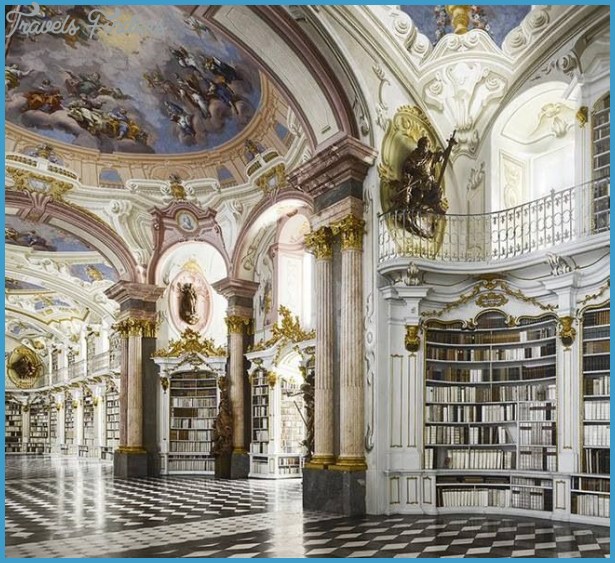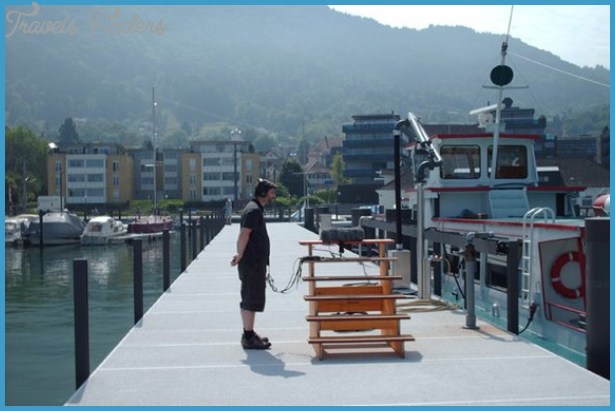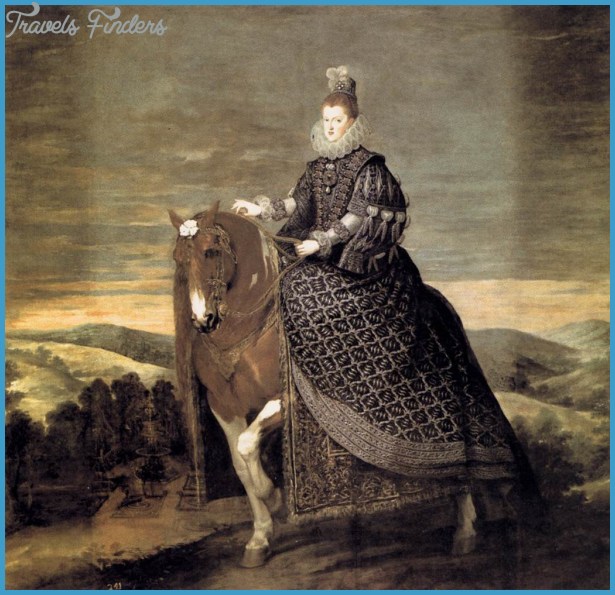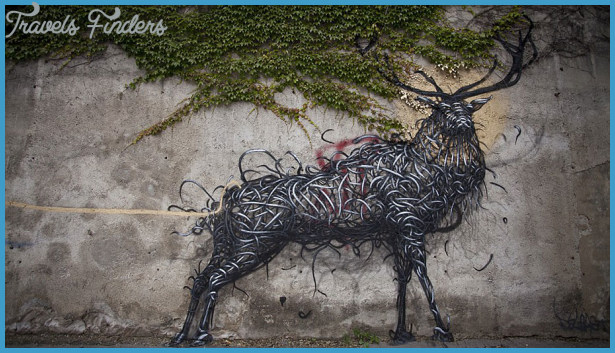THE VISUAL ARTS OF AUSTRIA
Landlocked in the middle of Europe and rolling with cash, the Habsburgs mar ried into power and bought into art. Truly Austrian art emerged in the works of Gustav Klimt and his followers, who founded the Secession movement. Secession ists sought to create space and appreciation for symbolism, Impressionism, and other artistic styles. This can be seen in Klimt’s later paintings, such as The Kiss (1908), which combine naturalistic portraits with abstractly pat terned backgrounds. Oskar Kokoschka and Egon Schiele revolted against “art qua art,” seeking to present the energy formerly concealed behind the Secession’s surface. Schiele’s works are still controversial today for their depictions of tor tured figures destroyed by their own bodies or by debilitating sexuality.
In 1897, the new artists split from the old as proponents of modernism took issue with the Viennese Academy’s conservatism. This gave rise to the Jugendstil (a.k.a. Art Nouveau) movement, which formulated the ethic of func tion over form, an idea embraced by Vienna’s artistic elite and most notably by the guru of architectural modernism, Otto Wagner.
The spring of architecture in Austria flowered in Baroque style. With ornate forms teased into grand entrances, dreamy vistas, and overwrought, cupid-cov- ered facades, the Baroque invokes what was then the most popular art form in Europe music. This style is exhibited exquisitely in the Schonbrunn (97) and Hofburg (96) palaces. Austria’s 19th-century conservative modernism is show cased by the RingstraKe, the broad boulevard that encircles Vienna; this taste came to be known as the Ringstrafie Style. In the 1920s and early 1930s, the Social Democratic administration built thousands of apartments in large municipal projects, in a style reflecting the newfound assertiveness of workers’ movements and the ideals of urban socialism. The most outstanding project of the era is the Karl-Marx-Hof in Vienna. The huge structure, completed in 1930, extends over 1km and consists of 1600 apartments clustered around several courtyards.













